by Emma Feb 23,2025
Mastering Minecraft's Diverse Wood Types: A Comprehensive Guide
This guide explores Minecraft's twelve primary wood types, detailing their unique characteristics and optimal uses in crafting and construction.
Table of Contents
Oak
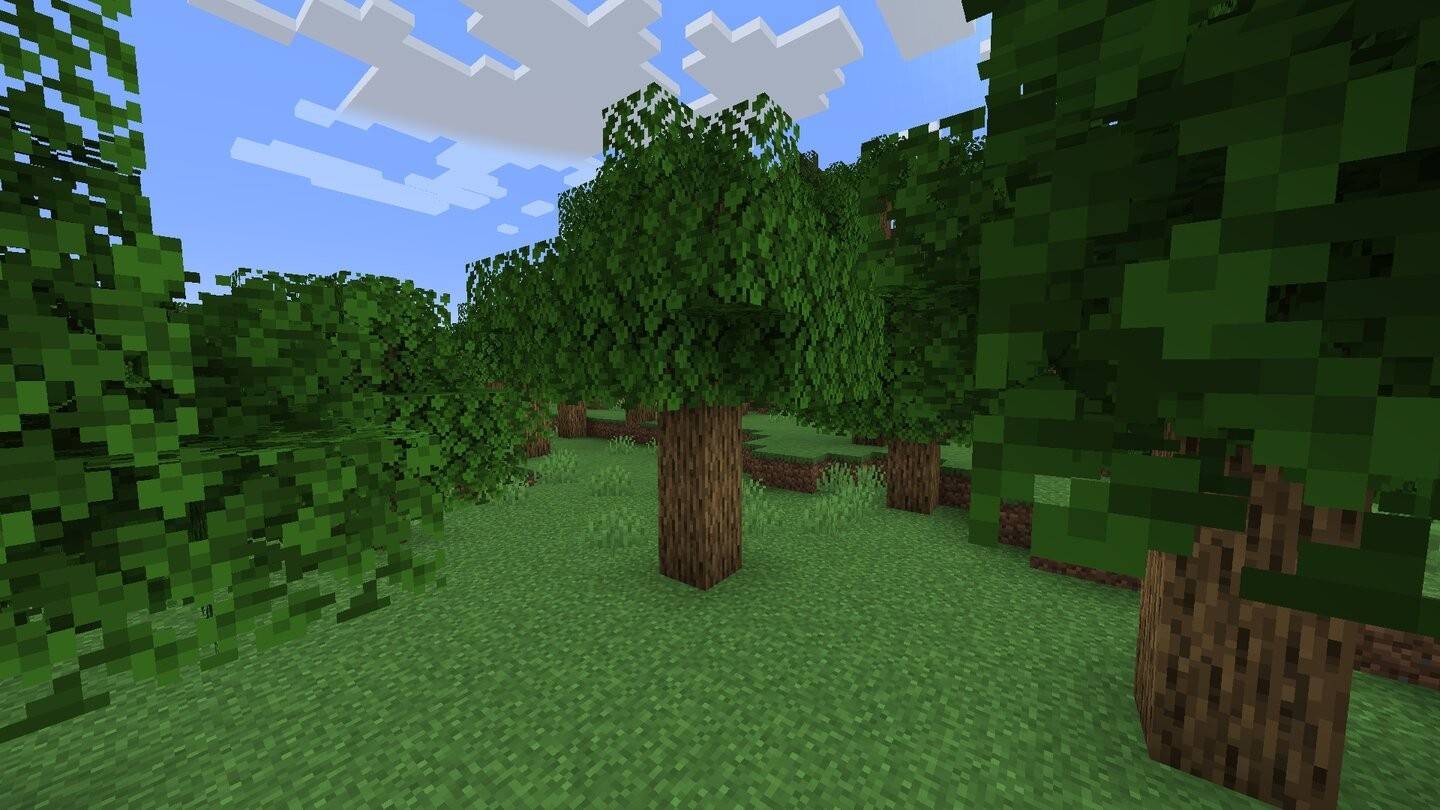 Image: ensigame.com
Image: ensigame.com
The ubiquitous oak, found in most biomes (excluding deserts and icy tundras), offers versatile wood for planks, sticks, fences, and ladders. Oak trees also yield apples, a valuable early-game food source and golden apple ingredient. Its neutral tone suits various building styles, from rustic homes to cityscapes.
Birch
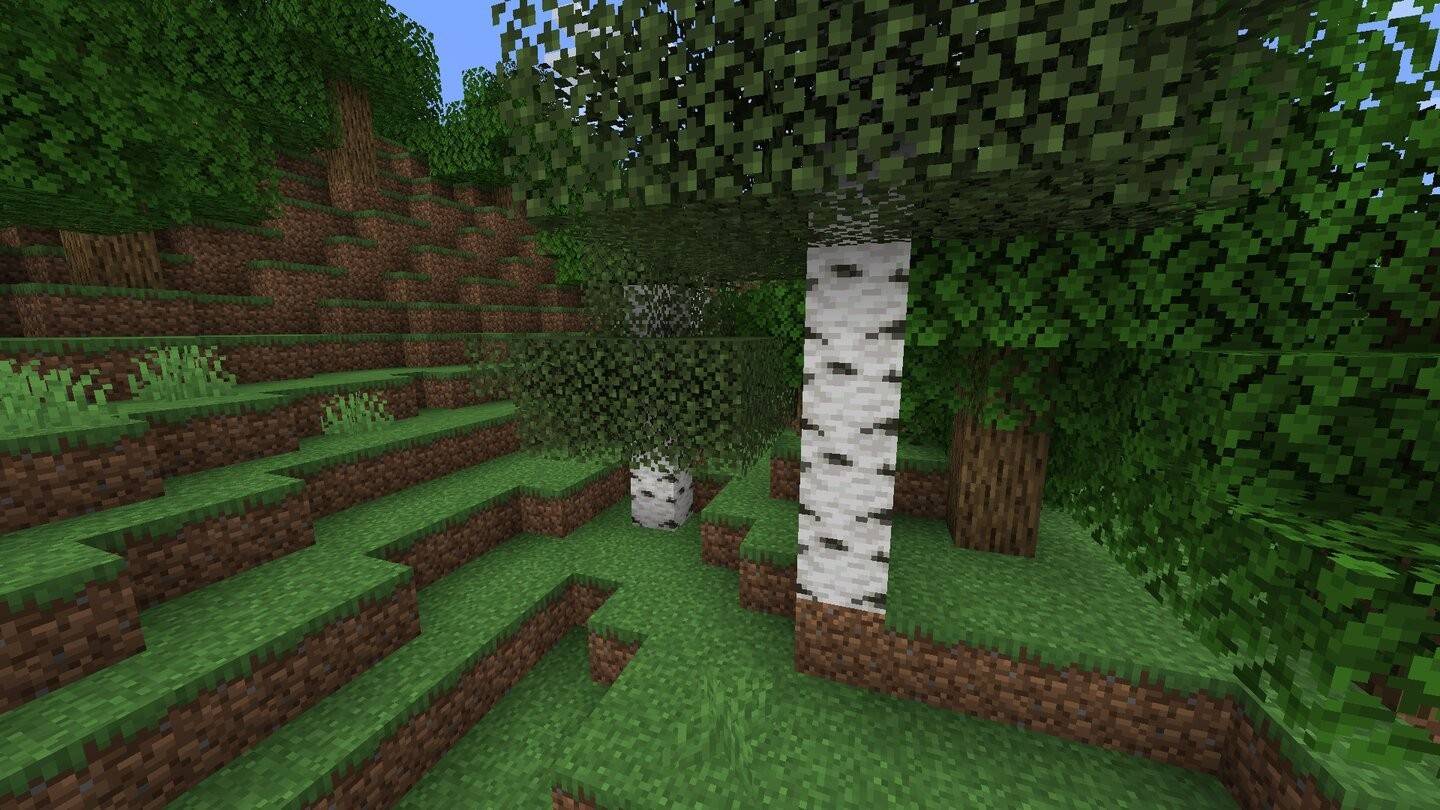 Image: ensigame.com
Image: ensigame.com
Birch, with its light, patterned wood, thrives in birch forests and mixed biomes. Its stylish appearance lends itself to modern or minimalist designs. Birch wood pairs well with stone and glass, creating bright, airy interiors.
Spruce
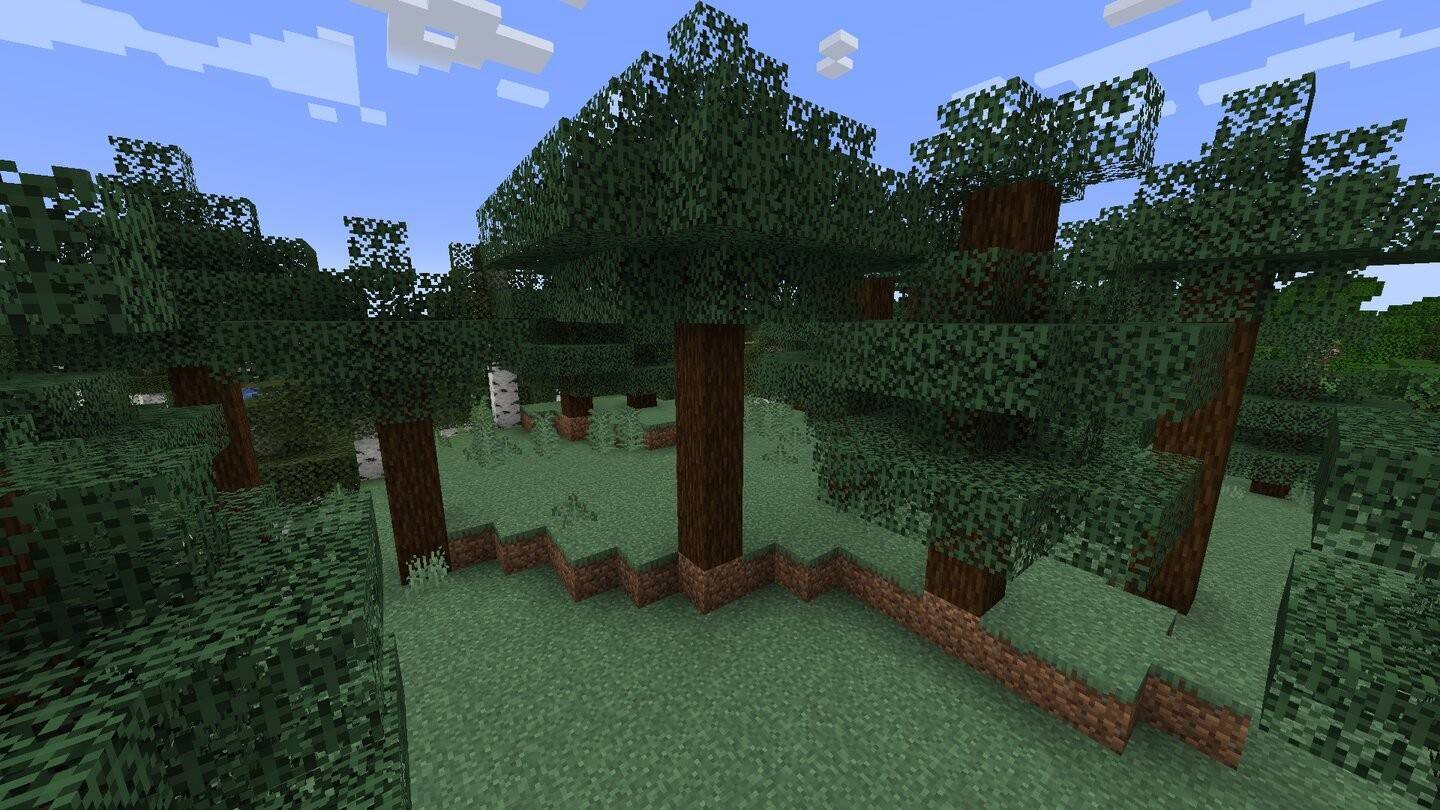 Image: ensigame.com
Image: ensigame.com
Dark spruce wood, harvested from taiga and snowy biomes, is perfect for gothic or grim structures. Its height can make harvesting slightly more challenging. The robust texture is ideal for medieval castles, bridges, or country houses.
Jungle
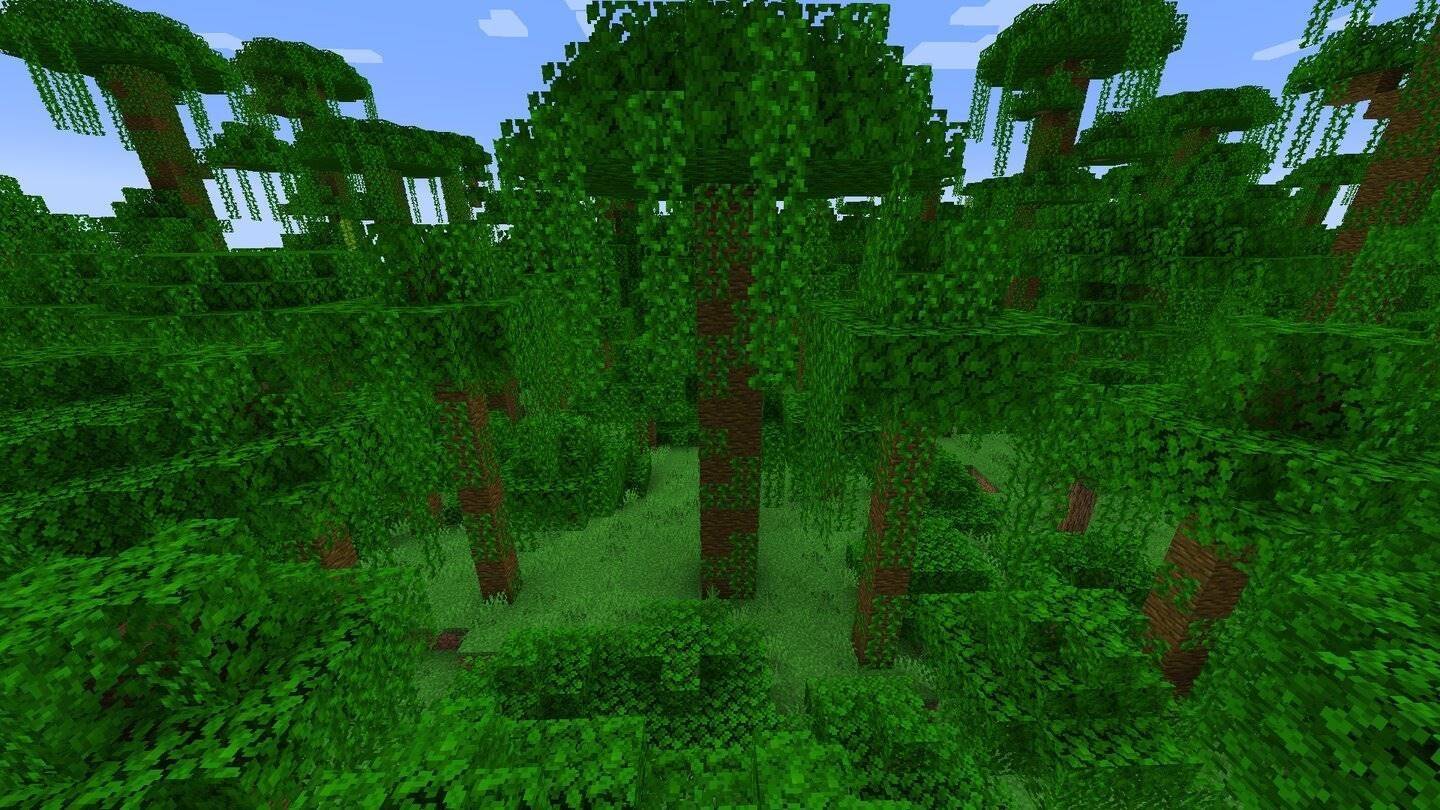 Image: ensigame.com
Image: ensigame.com
Jungle trees, towering giants found only in jungle biomes, boast bright wood primarily used for decoration. Their cocoa bean yields make them essential for cocoa farms. Their exotic look suits adventure-themed builds or pirate bases.
Acacia
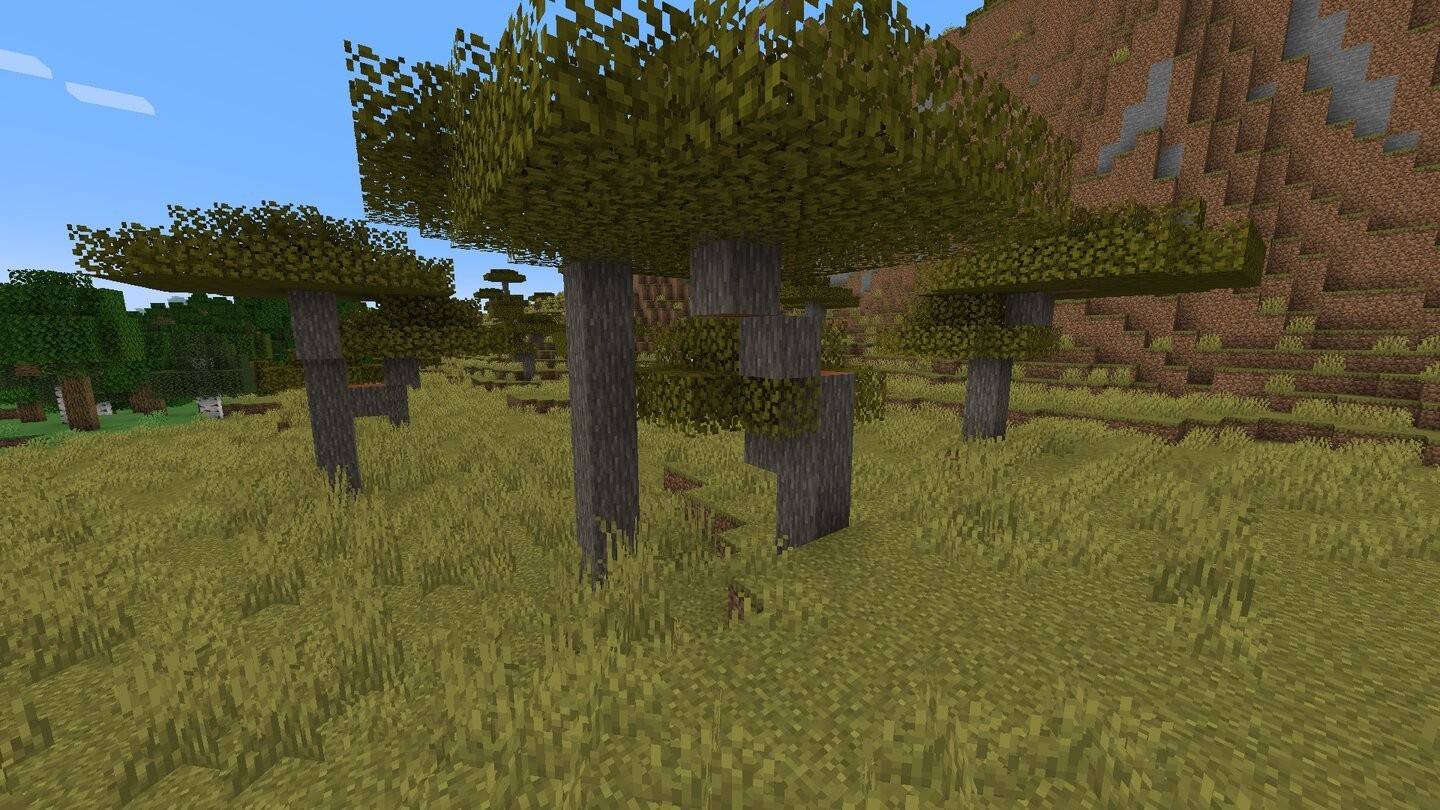 Image: ensigame.com
Image: ensigame.com
Acacia wood, recognizable by its reddish hue, flourishes in savannas. Its unique, horizontally branching structure makes it perfect for ethnic villages, desert bridges, or African-inspired builds.
Dark Oak
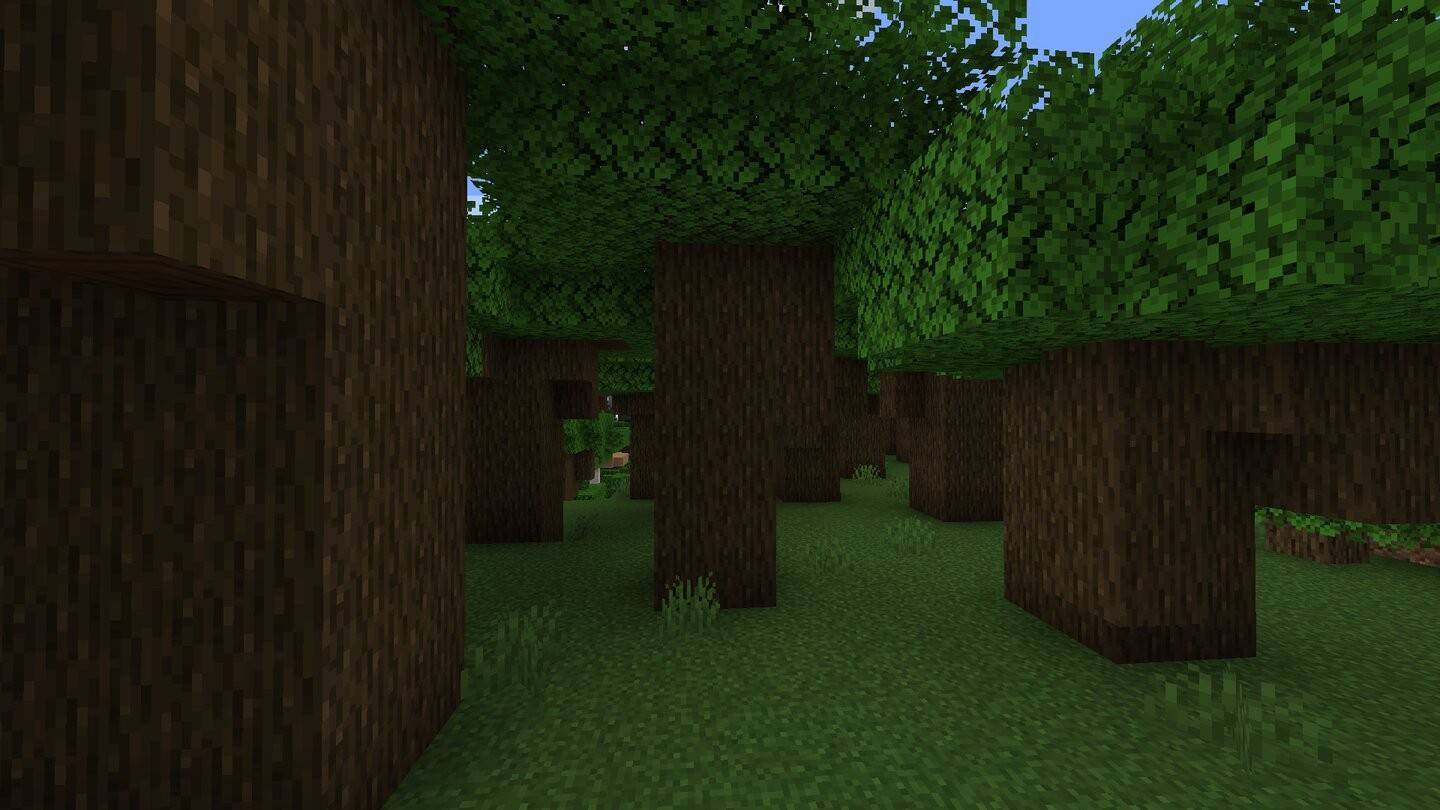 Image: ensigame.com
Image: ensigame.com
Dark oak's rich, chocolate-brown wood is a popular choice for castles and medieval structures. Found only in Roofed Forests, it requires four saplings for planting, making it less readily available early-game. Its deep texture is perfect for luxurious interiors or grand doors.
Pale Oak
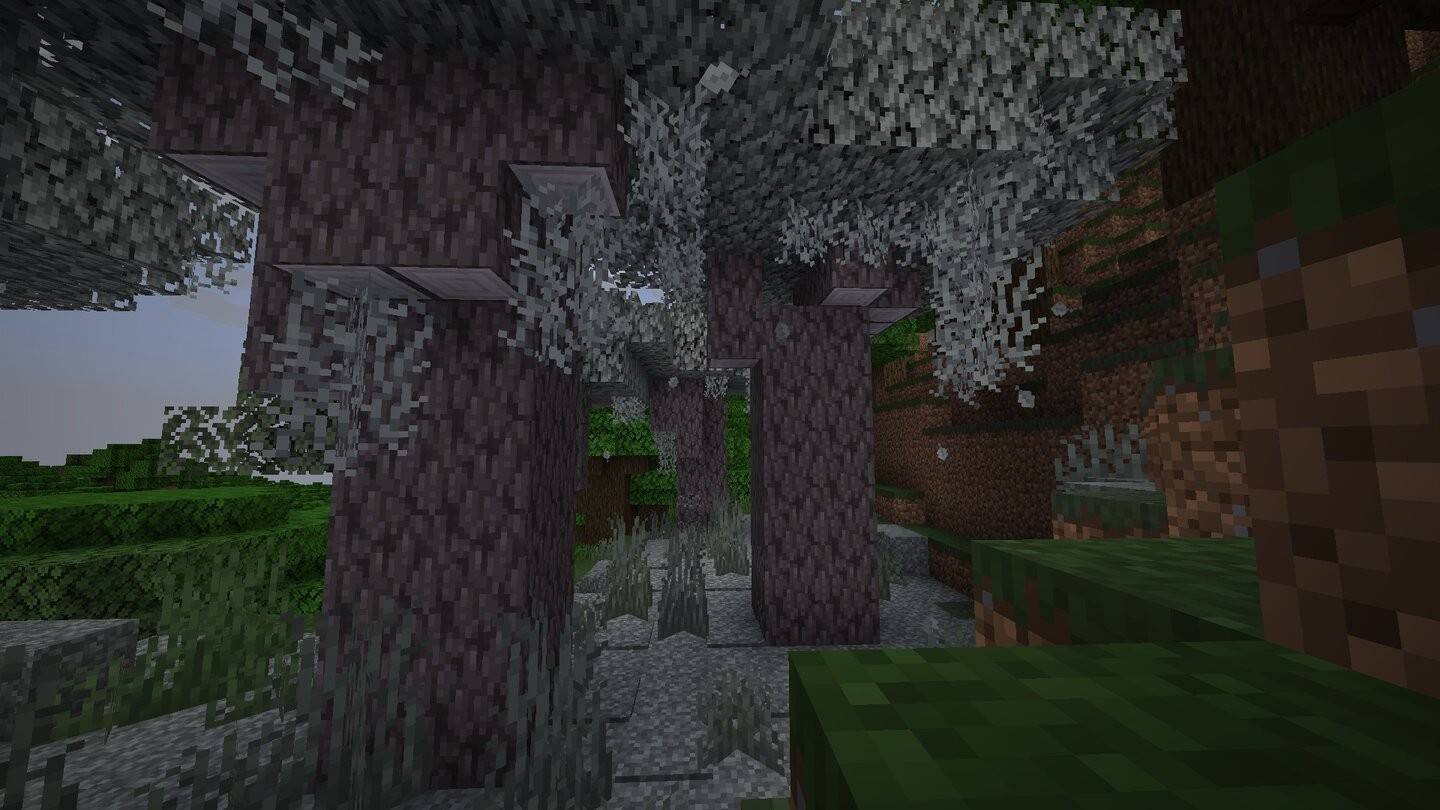 Image: ensigame.com
Image: ensigame.com
A rare find in Pale Garden biomes, pale oak shares dark oak's texture but features gray tones. Its hanging moss and "skripcevina" (summoning aggressive "skripuns" at night) add unique elements. It complements dark oak beautifully.
Mangrove
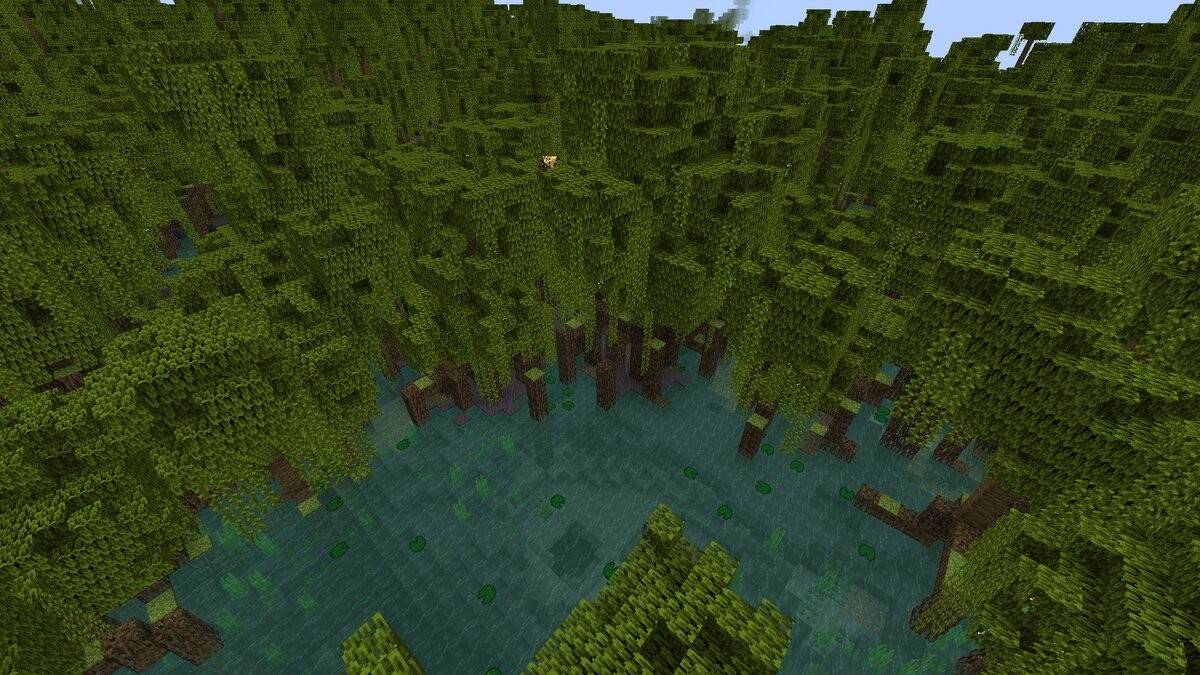 Image: youtube.com
Image: youtube.com
A recent addition, mangrove wood, found in mangrove swamps, has a reddish-brown hue. Its roots serve as decorative building elements. It’s ideal for piers, bridges, and swamp-themed constructions.
Warped
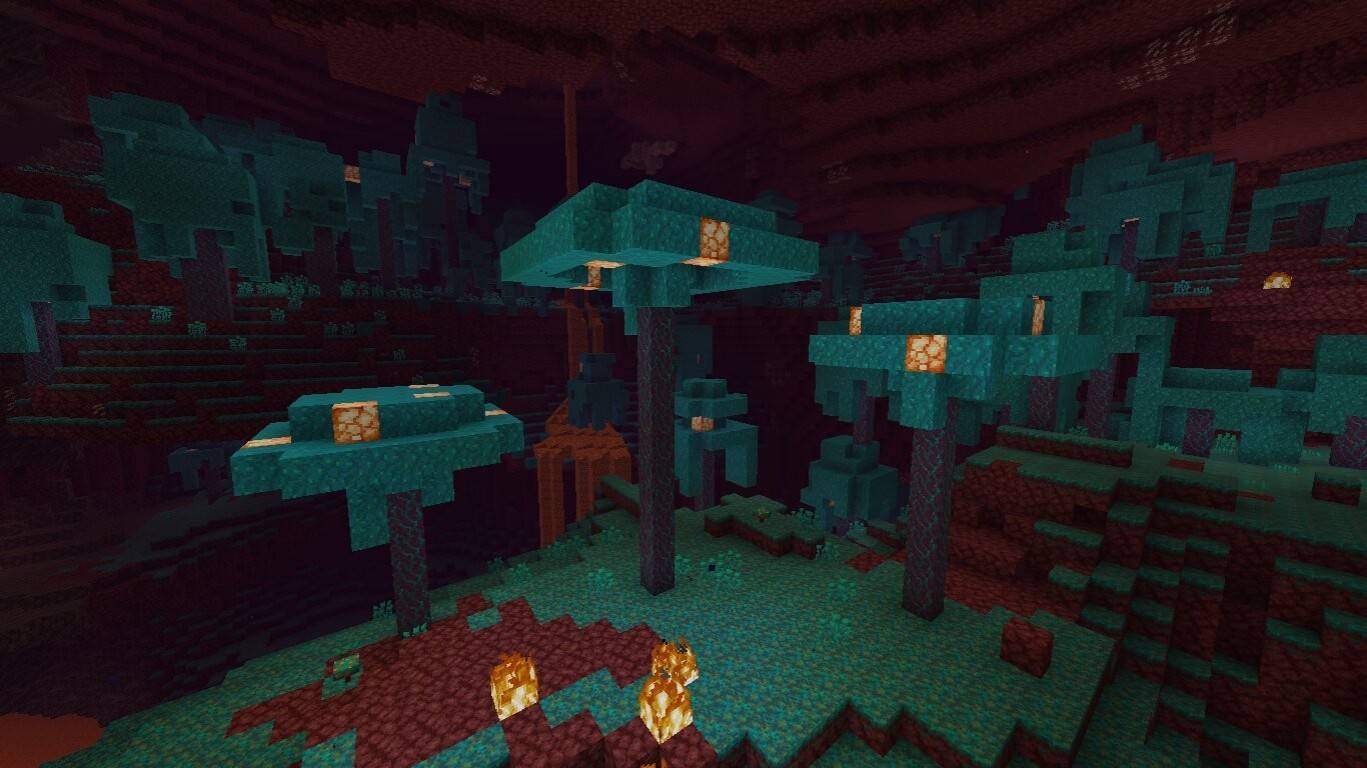 Image: feedback.minecraft.net
Image: feedback.minecraft.net
One of the Nether's two wood types, warped wood's turquoise color creates unique fantasy builds. Its bright texture is perfect for magic towers, mystical portals, or decorative gardens. Nether wood is non-flammable.
Crimson
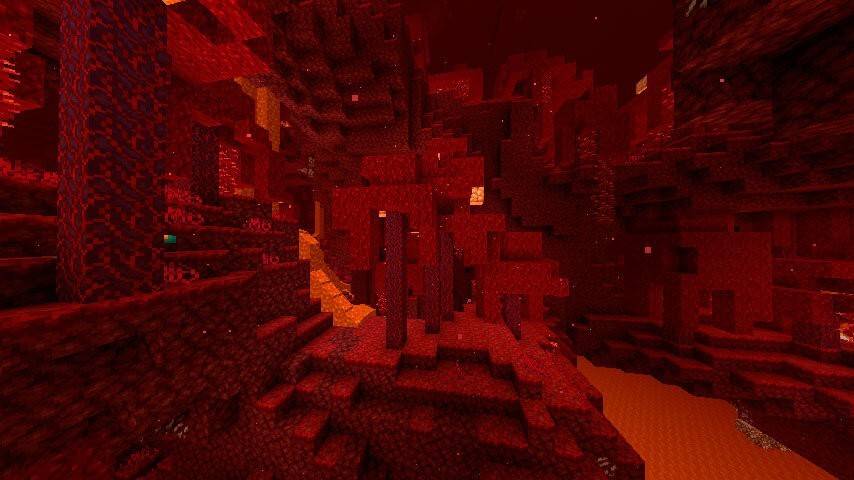 Image: pixelmon.site
Image: pixelmon.site
The Nether's other wood type, crimson wood's red-purple hue is ideal for dark or demonic themes. Its non-flammability makes it suitable for hazardous environments. It’s popular for Nether-themed interiors.
Cherry
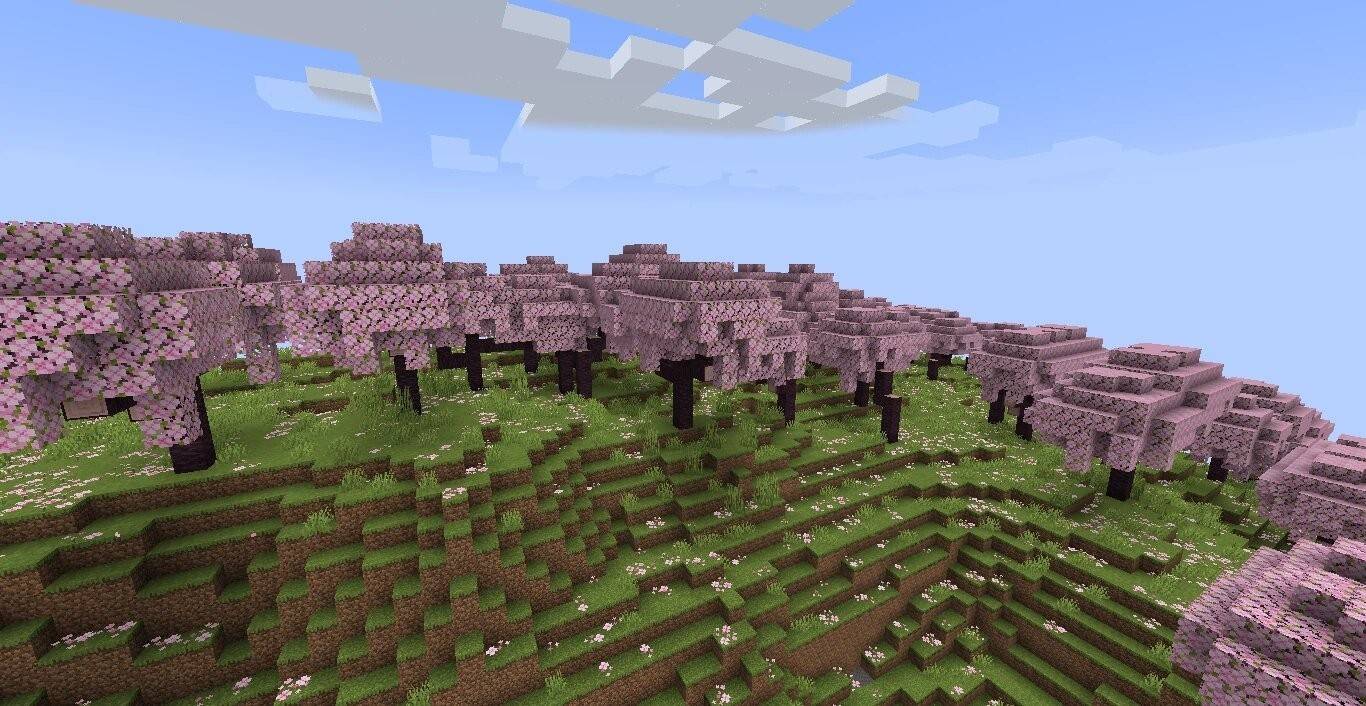 Image: minecraft.fandom.com
Image: minecraft.fandom.com
Found only in cherry grove biomes, cherry trees feature unique falling-petal particles. Its bright pink wood is perfect for atmospheric designs and unique furniture.
Azalea
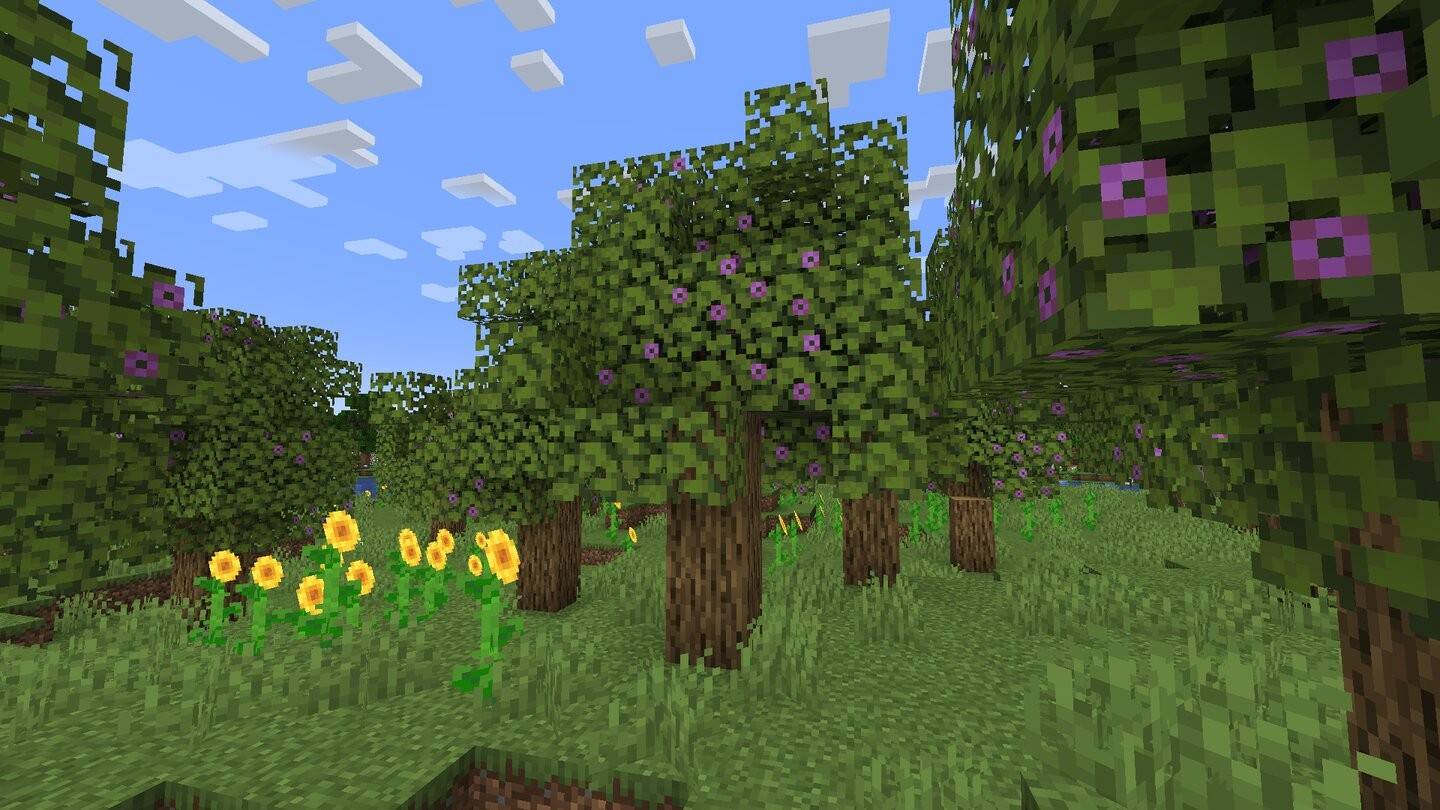 Image: ensigame.com
Image: ensigame.com
Similar to oak, azalea trees grow above lush caves, making them useful for mine location. Its root system and unusual flowers add visual interest. The wood itself is standard oak.
Minecraft's wood types are more than just resources; they're the building blocks of creativity and survival. While crafting uses are interchangeable, the diverse textures and colors allow for limitless architectural and decorative possibilities. Explore the different woods and unlock your building potential!
State of Play Reveals Exciting Updates: PlayStation February 2025 Showcase
How to Use Cheats in Balatro (Debug Menu Guide)
Forsaken Characters Ranked: Tier List Update 2025
Infinity Nikki – All Working Redeem Codes January 2025
Roblox: Obtain Secret Codes for January 2025 (Updated)
Pokémon GO Raids in January 2025
Wuthering Waves: Redeem Codes for January 2025 Released!
LEGO Ninjago Sets Top the Charts (2025)

King\'s Raid Relaunch Boasts 31 Heroes
Oct 31,2025

Outfit7 rejoins Green Game Jam 2025 with My Talking Hank: Islands
Oct 31,2025

Alienware Offers RTX 5080 Prebuilt PC Under $2K
Oct 31,2025

Amazon's Father's Day Deal: Buy 1 4K Blu-ray, Get 50% Off 2nd
Oct 29,2025

Pokémon Go Tour Ends UK Leg After Official Road Trip
Oct 29,2025